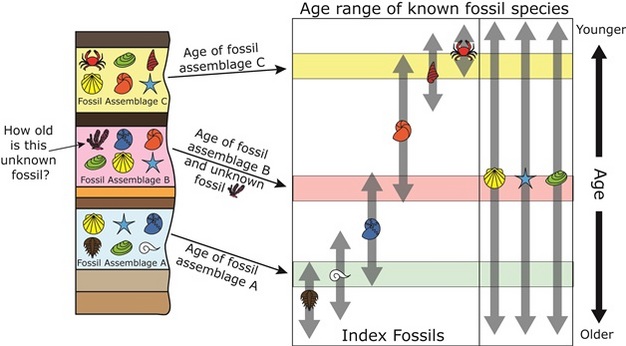Category: Earth Science Published: July 10, By: Christopher S. Geologists do not use carbon-based radiometric dating to determine the age of rocks. Carbon dating only works for objects that are younger than about 50, years, and most rocks of interest are older than that. Carbon dating is used by archeologists to date trees, plants, and animal remains; as well as human artifacts made from wood and leather; because these items are generally younger than 50, years.
How do geologists use carbon dating to find the age of rocks?
Carbon is found in different forms in the environment — mainly in the stable form of carbon and the unstable form of carbon Over time, carbon decays radioactively and turns into nitrogen. A living organism takes in both carbon and carbon from the environment in the same relative proportion that they existed naturally. Once the organism dies, it stops replenishing its carbon supply, and the total carbon content in the organism slowly disappears. Scientists can determine how long ago an organism died by measuring how much carbon is left relative to the carbon Carbon has a half life of years, meaning that years after an organism dies, half of its carbon atoms have decayed to nitrogen atoms.
Similarly, years after an organism dies, only one quarter of its original carbon atoms are still around. Because of the short length of the carbon half-life, carbon dating is only accurate for items that are thousands to tens of thousands of login dating mobi old.
References and Recommended Reading
Most rocks of interest are much older than this. Geologists must therefore use elements with longer half-lives. For instance, potassium decaying to argon has a half-life of 1.

Geologists measure the abundance of these radioisotopes instead to date rocks. Topics: carboncarbon datingdatinggeologyradioactiveradioactivityradiometric datingrock.
Public Domain Image, source: Christopher S.